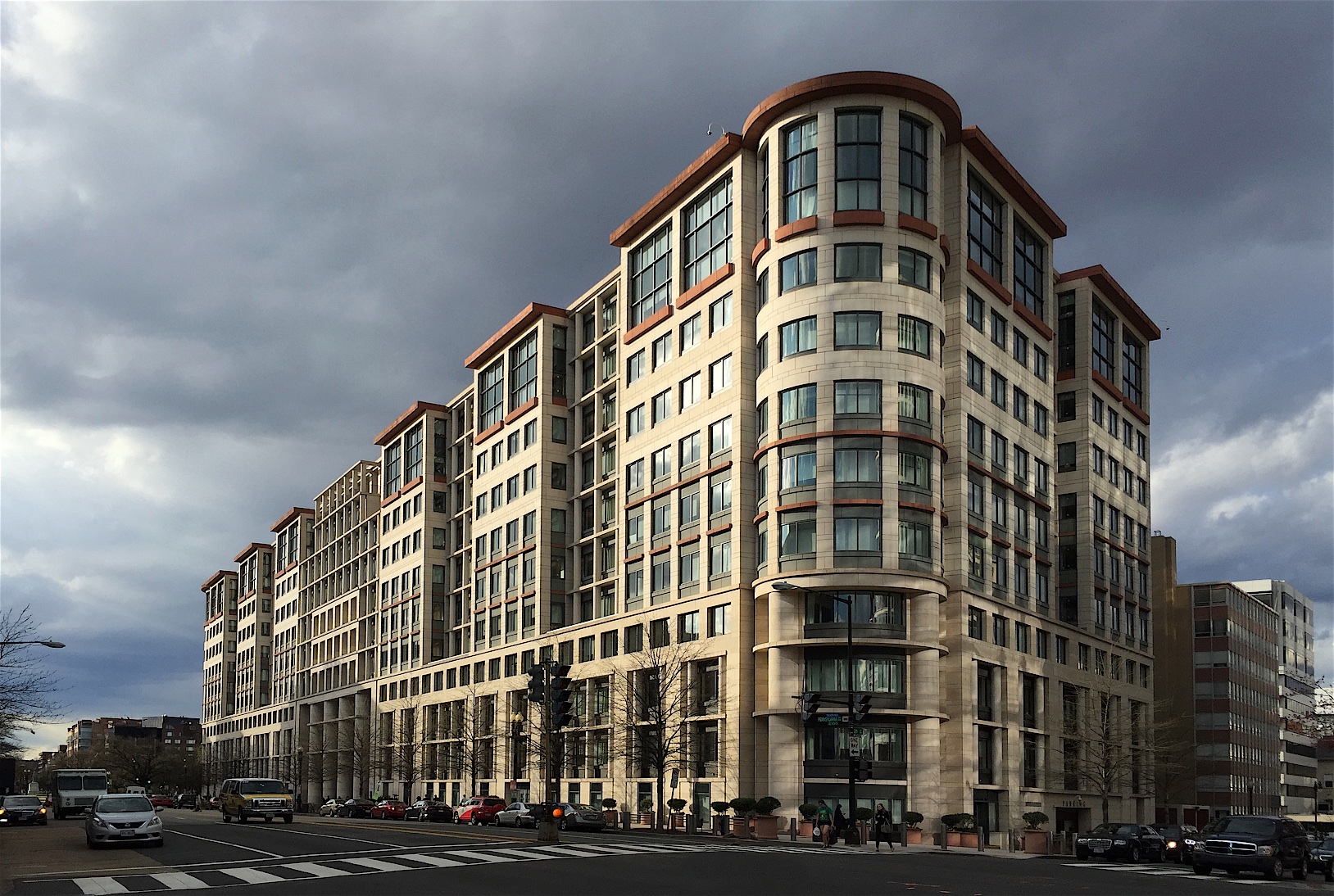Rapid changes in the world, especially the remarkable growth of so many once-poor countries and the revolutions sweeping across North Africa and the Middle East, will have tremendous consequences for institutions like the World Bank. The Bank-Fund Spring Meetings start next week and it’s a chance for shareholders and Bank management to check-in and throw issues on the table. Among the many big trends and questions about the future of the Bank, here are a few on my mind:
- The New Bottom Billion? With most poor people now living in middle income countries, how is this changing the Bank and its work? How is its relationship with the big emerging markets—as active shareholders rather than just clients—really going to change Bank strategy and governance?
- What’s to become of the Bank’s soft loan window? As Ben Leo and I project, the World Bank’s IDA is about to lose more than half its client countries as they become too rich. What is the Bank’s thinking on what to do? (Stay the course? Shrink? Change IDA’s business model?)
- What about global public goods? The development frontier is increasingly moving from narrow country programs to broader regional and global public goods, especially clean energy, technology, and infrastructure. What’s the Bank’s role here?
- The oil revenue problem? So many countries are heavily commodity dependent, yet the Bank and other development partners really do not have good answers to the problem of how to (1) mitigate harmful effects of resource income or (2) effectively leverage revenues for diversification. This is especially relevant for North Africa and the Middle East where so much attention is likely to focus.
That’s why I was excited to attend Bank President Bob Zoellick’s
speech yesterday in anticipation of a major new announcement ahead of the Spring Meetings. What vision for the future of the Bank was going to be put to the shareholders? What was the Bank going to do to respond to the demands on the streets of the Arab world?It started well, with Zoellick pointing out the frustration in the Middle East and the nugget that the region’s non-oil exports accounted for just 16% of GDP. But then—in what presumably is supposed to be the newsworthy bombshell of the speech—was this:
In 1944, the World Bank was established by governments to lend to governments. In 1956, our shareholders established the IFC to invest in the private sector. Now it may be time to invest in the private, not-for-profit sector – civil society -- to help strengthen the capacity of organizations working on transparency, accountability, and service delivery….I suggest it is now time for the World Bank to examine, with its Board and shareholders, whether the Bank needs new capabilities or facilities that could leverage support from countries, foundations, and others to strengthen the capacity of [civil society organizations] working on accountability and transparency in service delivery. We could give priority to countries in the Middle East and North Africa, and in Sub-Saharan Africa.
Huh? Now, I’m all for helping to create popular demand for accountability and transparency, but is this really the comparative advantage of the World Bank? Isn’t this exactly the kind of
“mission creep” Jessica Einhorn (wisely) warned against a decade ago? Isn’t direct support for civil society better handled by foundations and organizations like the Open Society Institute than a huge international financial institution without the same on-the-ground links and legitimacy? The Bank’s mission to promote growth and reduce poverty may be broad, but the Bank should—I would think—still avoid trying to be all things to all people. This latest idea leaves me scratching my head.
CGD blog posts reflect the views of the authors, drawing on prior research and experience in their areas of expertise.
CGD is a nonpartisan, independent organization and does not take institutional positions.





